
Are you looking to start a container garden but want to be aware of the potential challenges it may bring? Container gardening, with all its perks and possibilities, also comes with its fair share of downsides. While it offers a great solution for those with limited space or poor soil quality, it often requires more frequent watering and careful monitoring. Additionally, container gardening can be more expensive upfront due to the need for containers, soil, and fertilizers. Despite these downsides, with proper planning and maintenance, container gardening can still provide a beautiful and fruitful way to cultivate plants even in the smallest of spaces.
The Downsides of Container Gardening
Container gardening has gained popularity in recent years as a convenient and space-saving way to grow plants. While there are certainly benefits to this gardening method, it is essential to consider the downsides and challenges that come with it. In this article, we will explore the limitations and drawbacks of container gardening, addressing various factors that can impact plant growth and overall gardening experience.
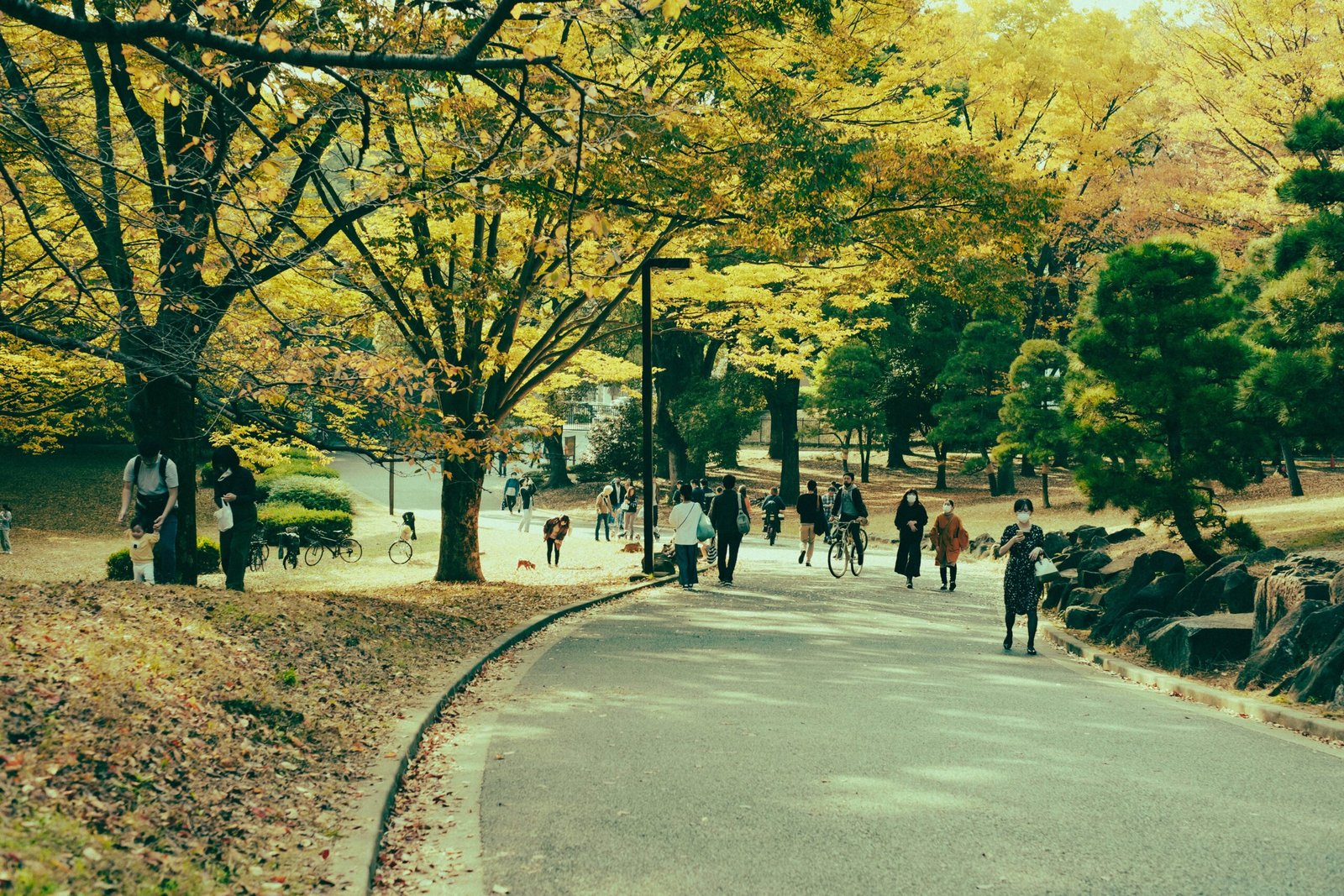
1. Limited Root Space
One of the main limitations of container gardening is the restriction of plant growth due to the limited root space. Unlike plants in the ground, potted plants have a finite amount of space for their roots to spread out and grow. This can lead to stunted growth and hinder the overall health and vigor of the plants.
1.1. Restriction of Plant Growth
The confined root space can be a significant factor in restricting the overall growth of plants in containers. As the roots have limited room to expand, they may become root-bound, circling around the container and inhibiting proper nutrient uptake. This can result in stunted growth, smaller yields, and reduced overall plant health.
1.2. Increased Susceptibility to Drought
Another challenge with limited root space in container gardening is the increased susceptibility to drought. The smaller volume of soil in the container means that it dries out more quickly, necessitating frequent watering to prevent the plants from drying out. This can be particularly challenging during hot and dry periods, as the plants may require daily or even multiple waterings to stay adequately hydrated.
1.3. Limited Nutrient Availability
Limited root space in containers also translates to limited nutrient availability for the plants. The small amount of soil in the pot has a limited capacity to retain nutrients, and frequent watering washes away essential minerals. This can lead to nutrient deficiencies, affecting the overall health and productivity of the plants.
2. Watering Challenges
Watering your container garden can present several challenges that may require careful management and attention.
2.1. Frequent Watering Requirements
One of the main watering challenges in container gardening is the frequent watering requirements. As mentioned earlier, the smaller soil volume in containers leads to faster drying out of the soil. This means that your potted plants may need more frequent watering compared to those in traditional garden beds. Adequately monitoring and maintaining proper soil moisture levels can be time-consuming and may require daily attention, especially during hot and dry weather.
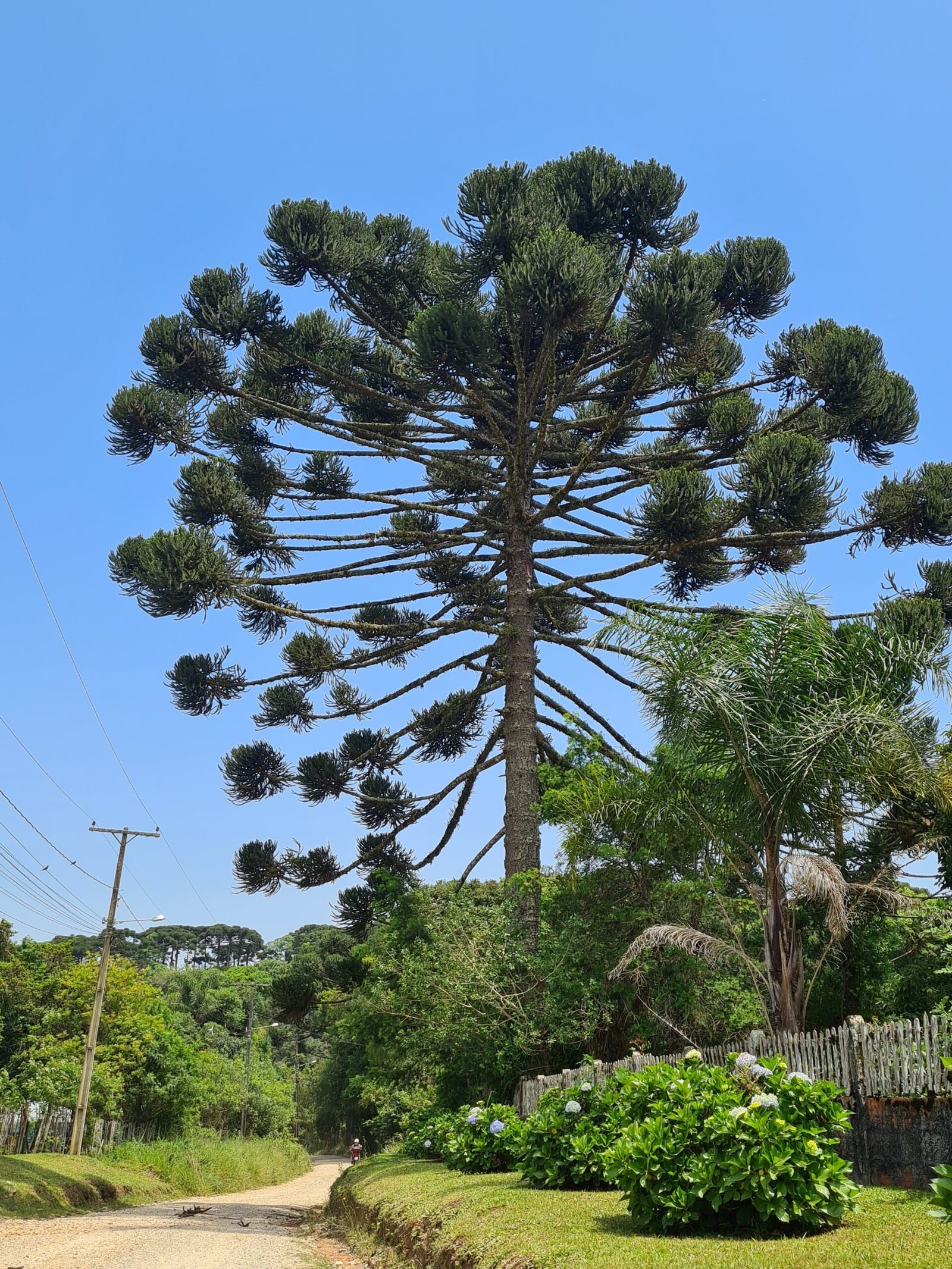
2.2. Uneven Water Distribution
Ensuring even water distribution to all plants in your container garden can also be a challenge. Watering each container individually may result in uneven moisture levels, as some pots may receive more water while others can remain relatively dry. This can lead to inconsistent growth and yield among your plants.
2.3. Risk of Overwatering or Underwatering
Finding the right balance between overwatering and underwatering can be tricky in container gardening. With limited root space and the potential for the soil to dry out quickly, it’s crucial to monitor the moisture levels closely. Overwatering can lead to root rot, plant suffocation, and fungal diseases, while underwatering can cause plant dehydration and wilting. Striking the right balance requires careful observation and an understanding of your plants’ specific watering needs.
3. Restricted Plant Variety
Container gardening may limit your options when it comes to the types of plants you can grow successfully.
3.1. Unsuitable for Large-Sized Plants
Container gardening is generally not suitable for large-sized plants or those with extensive root systems. These plants require more space for their roots to grow and spread, which may be impossible to achieve in a container. Trying to grow large plants in pots can result in stunted growth, nutrient deficiencies, and an overall decline in plant health.
3.2. Limited Options for Deep-Rooted Crops
Deep-rooted crops, such as carrots, parsnips, and potatoes, may present challenges when grown in containers due to the limited depth of the soil. These crops require ample space for their roots to develop and cannot reach their full potential if grown in shallow pots. Container gardening may limit your ability to successfully grow these types of crops.
3.3. Challenges in Growing Vining Plants
Growing vining plants, such as cucumbers, melons, and squash, can also be challenging in container gardening. These plants require sufficient space for their sprawling vines to spread out, which can be difficult to achieve in limited container space. Without proper support and room for growth, vining plants in containers may become cramped and fail to produce abundant yields.
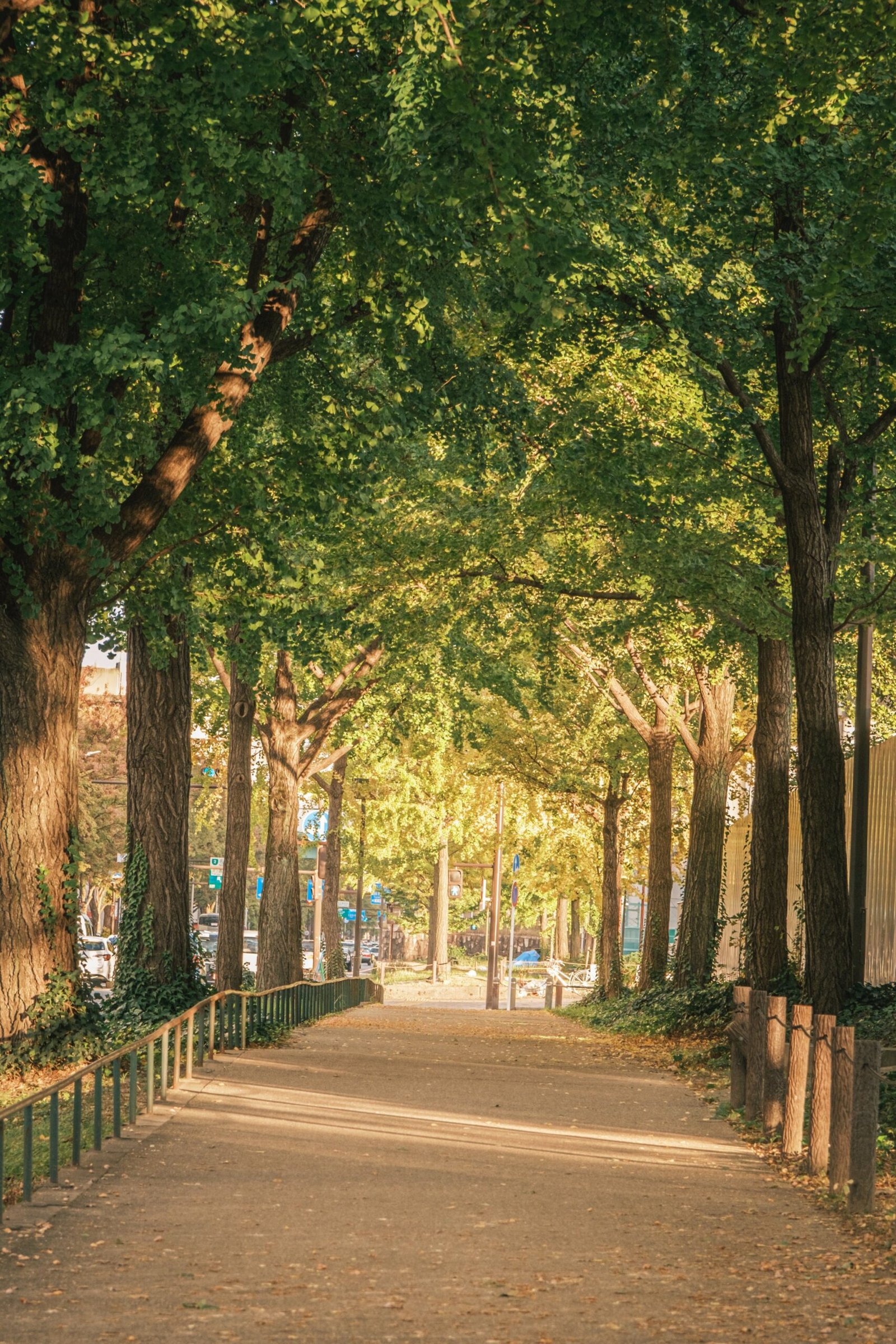
4. Temperature Fluctuations
Container gardening can also pose challenges in maintaining optimal temperatures for plant growth.
4.1. Increased Heat Stress
Containers, particularly those made of materials like metal or plastic, can absorb and retain heat more effectively than the soil in the ground. This can lead to increased heat stress for your plants, especially during hot summer months. Without proper insulation and temperature regulation, your container garden may be more susceptible to heat damage, wilting, and reduced overall plant vitality.
4.2. Vulnerability to Frost
In colder climates, containers are more vulnerable to frost damage compared to plants in the ground. The limited insulation of the container can expose the roots to freezing temperatures, potentially harming or even killing the plants. Protecting your container garden from frost may require additional insulation or moving the containers to more sheltered locations during freezing conditions.
4.3. Limited Insulation for Roots
Another temperature-related challenge is the lack of insulation for the plant roots in containers. Unlike plants in the ground, which benefit from the natural insulation provided by the soil, container plants are more exposed to temperature fluctuations. Extreme heat or cold can impact root health and overall plant growth, making it crucial to provide additional protection or choose plants that are more tolerant of temperature variations.
5. Pest and Disease Susceptibility
Container gardening can increase the risk of pests and diseases, requiring vigilant care and management.
5.1. Reduced Natural Predators
Container gardening lacks the natural diversity found in traditional garden beds, which can result in reduced populations of beneficial insects and predators. Without natural predators keeping pest populations in check, your container plants may be more vulnerable to pest infestations. Regular monitoring and proactive pest control measures may be necessary to prevent and manage pest outbreaks effectively.
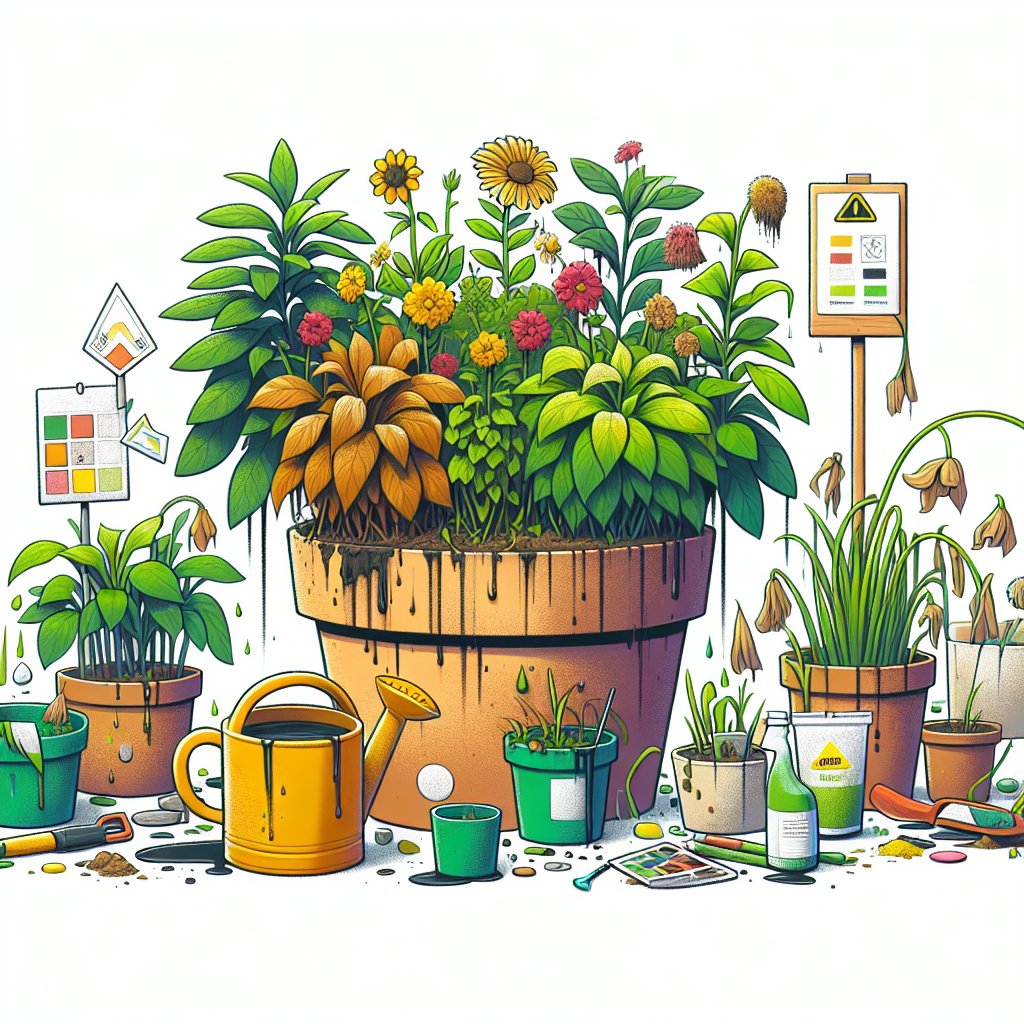
5.2. Higher Risk of Container-Borne Infections
Pests and diseases can be easily transmitted between plants when they are grown in close proximity in containers. If one plant becomes infected, the risk of spreading the infection to neighboring pots is higher compared to plants in the ground. Thorough sanitation practices, such as sterilizing tools and containers, regular pest inspections, and early disease detection, are essential to minimize the risk of container-borne infections.
5.3. Increased Vulnerability to Pests
Container plants may be more vulnerable to certain pests compared to plants in garden beds. Potted plants are more accessible to pests like slugs, snails, and aphids, which can cause significant damage if not controlled promptly. Taking proactive measures, such as using physical barriers, employing organic pest control methods, or introducing beneficial insects, can help mitigate pest problems in your container garden.
6. Cost of Containers and Soil
Container gardening can come with additional costs, including the purchase of containers and quality potting soil.
6.1. Initial Investment in Containers
Acquiring an adequate number of containers to accommodate your gardening needs can require a significant initial investment. Depending on the size, material, and quality of the containers, the cost can add up quickly. This expense should be considered when planning your container garden and budgeting for gardening supplies.
6.2. Regular Maintenance and Replacement
Containers may require regular maintenance and occasional replacement, further adding to the cost of container gardening. Over time, containers can become damaged, cracked, or simply worn out, necessitating their replacement for the health and stability of your plants. Regular cleaning, disinfection, and repairs are also necessary to ensure the longevity of your containers.
6.3. Expense of Quality Potting Soil
Using high-quality potting soil is essential for the success of container gardening. However, compared to traditional garden soil, the cost of quality potting soil can be significantly higher. This expense can be an ongoing consideration, especially if you have a large container garden or if you need to replace the soil annually to maintain soil fertility and structure.
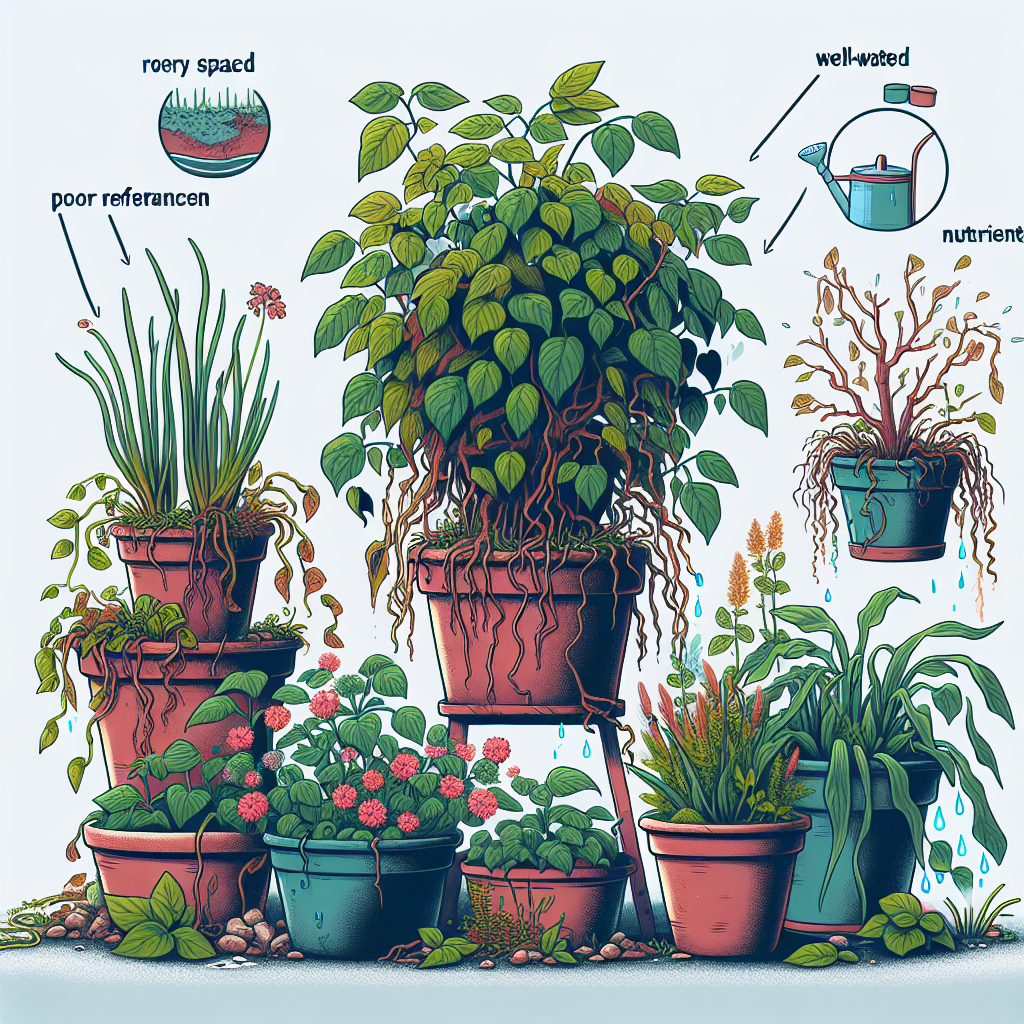
7. Mobility and Space Limitations
Container gardening can present challenges in terms of mobility and space constraints.
7.1. Limited Portability of Larger Containers
Larger containers, particularly those made of heavier materials like ceramic or stone, can be difficult to move or rearrange once they are filled with soil and plants. This can limit your flexibility in adjusting the layout of your container garden or relocating plants based on their sunlight requirements or aesthetic considerations.
7.2. Space Constraints in Small Gardens
While container gardening can be suitable for small gardens or urban spaces with limited outdoor areas, it can still present space constraints. Containers take up valuable space on patios, balconies, or limited garden areas, potentially limiting the number and variety of plants you can grow. Careful planning and optimization of space are necessary to make the most of a small container garden.
7.3. Difficulty in Scaling Up
If you have aspirations to expand your gardening endeavors, container gardening may present challenges when it comes to scaling up. Limited space and the need for additional containers and soil can make it more challenging to transition from a small container garden to a larger, more diverse garden bed. Carefully considering your long-term gardening goals is essential before committing to a container gardening approach.
8. High Environmental Impact
Container gardening may have a higher environmental impact compared to traditional gardening methods.
8.1. Plastic Waste Generation
Many containers used in container gardening are made of plastic, which contributes to plastic waste generation. While efforts can be made to recycle or repurpose containers, the overall impact on the environment should be considered. Exploring alternative container materials, such as biodegradable pots or repurposed containers, can help reduce the environmental footprint of container gardening.
8.2. Resource Intensive Cultivation
Container gardening can be more resource-intensive compared to traditional gardening. It requires the use of potting soil, which often consists of a mixture of organic matter, perlite, vermiculite, and other additives. The production and transportation of these materials contribute to energy consumption and carbon emissions. Minimizing resource consumption and exploring sustainable alternatives can help reduce the environmental impact of container gardening.
8.3. Ecological Concerns with Synthetic Fertilizers
Container gardening often relies on the use of synthetic fertilizers to meet the nutrient requirements of plants. These fertilizers can contribute to pollution of waterways and soil, as well as disrupt the balance of soil microorganisms. Exploring organic and natural fertilizers, composting, and nutrient recycling can help mitigate the ecological concerns associated with the use of synthetic fertilizers.
9. Seasonal Maintenance
Container gardening requires seasonal maintenance to ensure the health and vitality of your plants throughout the year.
9.1. Pruning and Trimming Needs
Regular pruning and trimming may be necessary to manage the size and shape of your container plants. This helps promote healthy growth, prevent overcrowding, and maintain an aesthetically pleasing container garden. Understanding the pruning needs of different plant species and investing time in proper pruning techniques are essential tasks for achieving optimal plant growth.
9.2. Storage Requirements for Off-Season
In regions with harsh winters or extreme weather conditions, container plants may need to be protected and stored indoors during the off-season. This requires adequate storage space and proper care to ensure their survival until the next growing season. Planning for off-season storage and protection is crucial to maintain the longevity and health of your container garden.
9.3. Reliance on Lighting and Temperature Control
Container gardening may require additional attention to lighting and temperature control, especially when growing plants indoors or in shaded areas. Supplemental lighting, such as grow lights, may be necessary to provide sufficient light for optimal plant growth. Additionally, maintaining suitable temperatures for your plants, particularly for heat-sensitive or cold-sensitive species, may require the use of heating or cooling devices.
10. Monitoring and Care
Successful container gardening requires regular monitoring and dedicated care to meet the unique needs of your plants.
10.1. Regular Monitoring for Watering and Nutrients
Close monitoring of soil moisture levels and nutrient availability is essential in container gardening. As mentioned earlier, a finite amount of soil in containers means that plants may require more frequent watering and may be more susceptible to nutrient deficiencies. Regular checking and adjusting of watering and nutrient schedules are necessary for optimal plant health and growth.
10.2. Pest and Disease Surveillance
Vigilant pest and disease surveillance is critical in container gardening, given the increased risk of pest infestations and container-borne infections. Regularly inspecting your plants for signs of pests or diseases, such as holes in leaves, irregular growth patterns, or discoloration, allows for early detection and prompt intervention. Implementing integrated pest management practices can help control pests and prevent the spread of diseases in your container garden.
10.3. Time and Effort for Optimal Plant Growth
Container gardening, like any form of gardening, requires a significant investment of time and effort to achieve optimal plant growth. Regular care tasks, such as watering, feeding, pruning, and monitoring, can be time-consuming, particularly if you have a large container garden or a diverse range of plant species. Proper planning, time management, and being prepared for the commitment required are crucial for a successful container gardening experience.
In conclusion, while container gardening offers numerous benefits, it’s essential to consider the downsides and challenges that come with this gardening method. The limited root space, watering challenges, restricted plant variety, temperature fluctuations, pest and disease susceptibility, cost of containers and soil, mobility and space limitations, high environmental impact, seasonal maintenance, and monitoring and care requirements are all factors to be mindful of when embarking on container gardening. Understanding these challenges and taking proactive measures to address them can help you make informed decisions and maximize the success of your container garden. Happy gardening!





